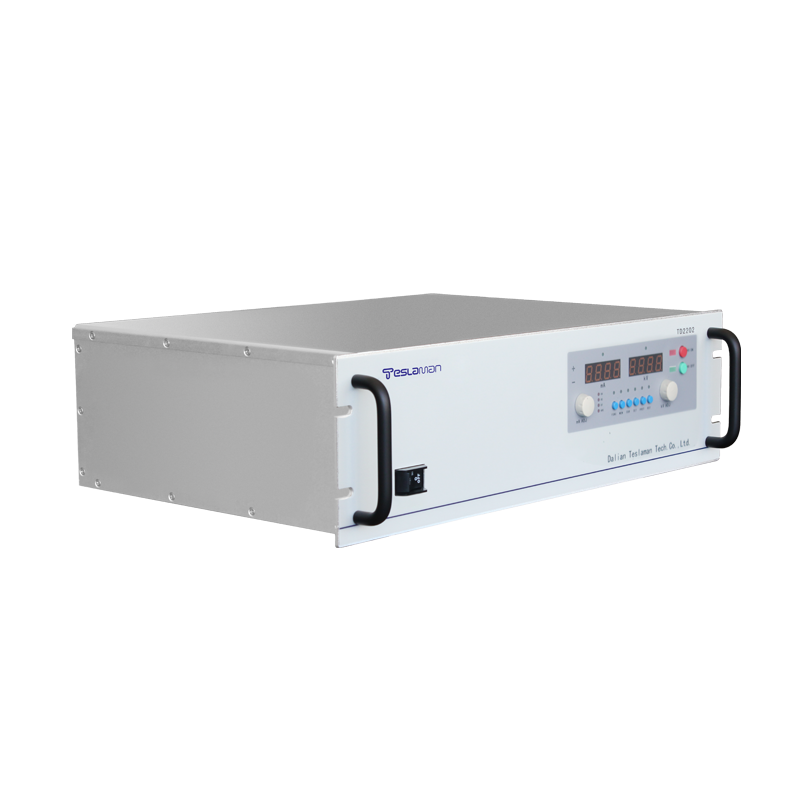The Key Role of High Voltage Generators in the Transient Response of Large-Capacity Loads in Power Systems
With the continuous development of power systems, the transient response of large-capacity loads has become an important indicator of system stability. In this process, the role of high voltage generators is particularly critical. This article will explore the importance of high voltage generators in the transient response of large-capacity loads in power systems from a professional perspective.
I. Overview of High Voltage Generators
A high voltage generator is a device that can generate high voltages and is widely used in the testing, inspection, and commissioning of power systems. Its working principle is to convert low voltage into high voltage through a certain circuit structure to meet the test requirements of different electrical equipment. In power systems, the main function of high voltage generators is to simulate the actual high-voltage environment during operation, thereby detecting key parameters such as insulation performance and withstand voltage capability of the equipment.
II. Importance of Transient Response of Large-Capacity Loads
In power systems, the transient response of large-capacity loads refers to the ability of the load to quickly adjust its state when the system experiences load changes, short circuits, and other faults, thereby reducing the impact on the system. This rapid response capability is of great significance for ensuring the stable operation of power systems. If the transient response performance of the load is poor, it may lead to system instability, equipment damage, and other serious consequences.
III. The Role of High Voltage Generators in the Transient Response of Large-Capacity Loads
1. Simulate Actual Operating Conditions: Through high voltage generators, a high-voltage environment that simulates actual operation can be created in the laboratory. This is crucial for testing the performance of large-capacity loads during transient processes. For example, in scenarios such as the startup of generator sets and switching of grid loads, high voltage generators can provide corresponding voltage conditions to verify the adaptability and stability of the load.
2. Detect Insulation Performance of Equipment: The high voltage generated by high voltage generators can be used to detect the insulation performance of large-capacity loads. Before equipment is put into operation, insulation tests can be carried out using high voltage generators to timely discover and deal with potential insulation defects, thereby avoiding equipment failure caused by insulation aging, breakdown, and other reasons during operation.
3. Assess Equipment Withstand Voltage Capability: High voltage generators can also be used to assess the withstand voltage capability of large-capacity loads. During the design and manufacturing stages of equipment, the specified test voltage can be applied using high voltage generators to check whether the equipment can operate safely within the specified voltage range. This helps ensure that the equipment has sufficient withstand voltage margin during actual operation.
4. Optimize System Protection Strategies: Through the analysis of transient voltage waveforms generated by high voltage generators, the protection devices of power systems can be optimized. This helps improve the accuracy and speed of protection device actions in response to the transient response of large-capacity loads, thereby more effectively protecting the safe and stable operation of power systems.
IV. Conclusion
In summary, high voltage generators play a crucial role in the transient response of large-capacity loads in power systems. They can not only simulate actual operating conditions, detect insulation performance and withstand voltage capability of equipment, but also provide strong support for the optimization of system protection strategies. Therefore, in the design, construction, and operation and maintenance of power systems, the application value of high voltage generators should be fully valued to ensure the safe and stable operation of power systems.




















